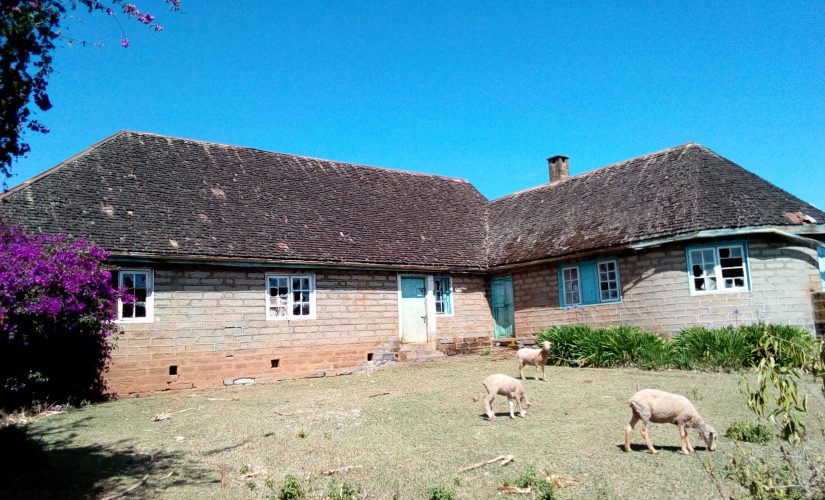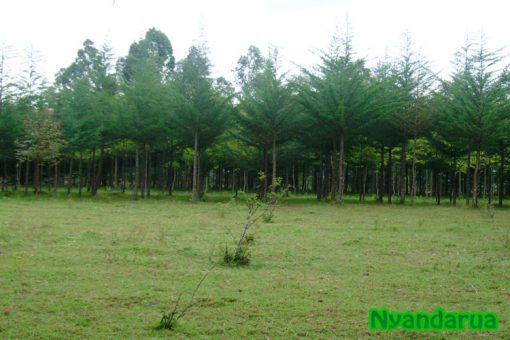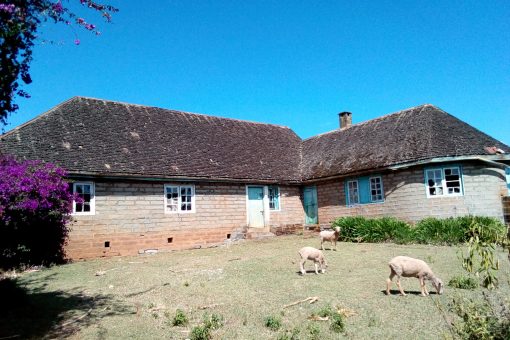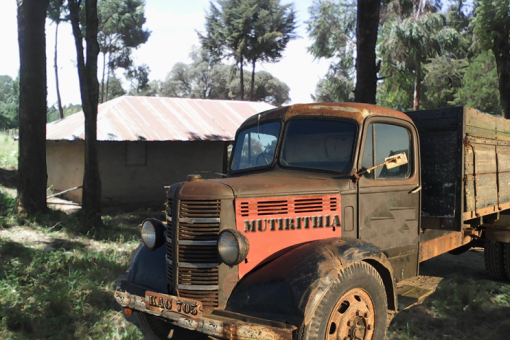The British settlers who owned much of OlKalou had their majestic looking homes, surrounded by many other structures, it made their compounds look like shopping centers. They were self sufficient, deeply invested, you could tell they were here to stay. Kenya’s independence must have come as a rude awakening. The huge family house was the main feature of the compound. The homes were so big they looked like hotels, yet they only accommodated a family of three or four. A husband and wife and their one or two kids.
A little further out from the masters house were the servants quarters. Settlers must have had a lot of employees judging from the number of houses in their servants quarters. Next to the servants quarters were huge barns for their animals. There were rows of milking sheds with stalls made for individual cows. They were professionally constructed, a family could live there. Their floors were cemented, roofs were made of tiles or corrugated iron sheets and the feeding troughs were built of brick, they looked like bathtubs.
They had cattle dips, for cows and a separate one for sheep. They also had a ‘dryer’ for processing pyrethrum. The “Dryer” (Durai) as we called it, was a building lined with heavy machinery, it was like a factory production line. They had garages for their cars and a separate one for farm machinery; tractors and their attachments like plows and harrows. They had huge masonry water tanks and other steel water tanks hoisted high up on steel towers above the houses providing their homes with running water. There were log bridges over rivers and ravines that crisscrossed their expansive farms. They had thought out every convenience they needed to operate their farms profitably.
The locals who bought farms with the Settlers compounds did not have to construct a single structure, in fact, most demolished some of the older buildings which they had no use for. The new owners did not have enough people to occupy all those buildings in their inherited compounds, and there were no renters in OlKalou back in the day who could have benefited from such ready housing.




